With its vast green spaces, Yoyogi Park is recognized as one of the top Tokyo attractions for viewing sakura and serves as an urban oasis. It offers a tranquil space for locals and tourists from the bustling city, allowing them to enjoy a relaxing break. The expansive outdoor fields provide an ideal environment for a family trip in Tokyo with kids.
Yoyogi Park in Japan is located on a former Imperial Army training ground and was once the site of the 1964 Olympic Village for swimming and diving. By 1967, most of the gym area was turned into part of Yoyogi Park, which later served as a place for handball races during the 2020 Summer Olympics.
Scroll down and browse more hidden insider guides about this must-see attraction in Tokyo for your further exploration. Plan your incredible 2025 Tokyo tour now!
Table of Contents
Tokyo Yoyogi Park Facts
Why Visit Yoyogi Park Tokyo
Top Must-Do Experiences at Yoyogi Park
Best Time to Visit Tokyo Yoyogi
Photography & Exploration Tips
Practical Guide for Visiting Yoyogi Park
Nearby Attractions
FAQs about Tokyo Yoyogi Tokyo
Tokyo Yoyogi Park Facts
Japanese name: 代々木公園 (Yoyogi kōen)
Address: 2-1 Yoyogikamizonocho, Shibuya-ku, Tokyo
Opening hours: Open 24 hours
Closed: No holidays
Entrance ticket: Free entry
Suggested visit duration: 3-4 hours
Best time to visit: Early mornings or weekdays in spring and autumn
Why Visit Yoyogi Park Tokyo
The 4th largest Tokyo park with free entry
A place to escape Shibuya’s chaos with ancient forests and wild birdsong
Seasonal charm: about 800 cherry trees bloom in spring, and the gradient colors of autumn leaves
An ideal spot to see local people cycling, having a picnic, jogging, etc.
Various events to be held on most weekends
Top Must-Do Experiences at Yoyogi Park
Seasonal Highlights
No matter when you visit this top destination in Tokyo, the flower sea and assorted greenery present unparalleled natural beauty in changing seasons. While relaxing in Yoyogi Park is one of the many free things to do in Shibuya, viewing the cherry blossoms in the park is one of the best things to do in Tokyo. During spring, the Tokyo cherry blossom season turns Yoyogi Park into the city's top hanami spot.
Autumn in Tokyo showcases vibrant foliage, particularly the transformations of various kinds of maple trees in November. Zelkova trees enhance the park's beauty with ginkgo trees. A multitude of visitors flock to this desirable spot for sightseeing during the season. Both the forest trails near the fountains and the secluded benches west of NHK Hall are among the best spots for viewing the autumn colors.
Outdoor Activities
Ranked the 4th largest park in Tokyo, Yoyogi Park is divided into various areas for different activities. Cycling courses cover 5 km of paved paths, and bike rentals are conveniently available near the entrance of Yoyogi Park.
In addition to cycling, playing various ball games can be one of the fun things to do in Yoyogi Park, where you can play basketball, football, rugby, as well as hockey.
Around the renowned fountain, not only can you hear babbling noises, but you can also observe spotted Japanese tit birds and rare owl species near ponds.
Leashed pets are welcome in designated areas, and dog-friendly zones are designed for walking dogs and spending leisure time.
Cultural Immersion
Meiji Shrine Morning Worship
Witness traditional Shinto rituals and the Autumn Grand Festival. Enjoy a variety of traditional performances in November and chrysanthemum displays.
Rockabilly Dancers
Dive into Sunday street performances at Shibuya Gate. Yoyogi Park is home to subcultures, jugglers, cosplayers, and punk rockers. In their dazzling dance, you feel the unique Yoyogi Park rockabilly and various arts.
Yoyogi Park Flea Market
One of the oldest and biggest flea markets in Tokyo is hosted in Yoyogi Park, where vendors peddle a wide range of gadgets, such as vintage kimonos, retro cameras, artisan crafts, etc. The market is free of entrance and hosted randomly, sometimes scheduled in early March at 9:00 am-3:00 pm.
Picnic with a Cultural Twist
Wear a kimono, whisk matcha, and enjoy wagashi sweets under trees! Lie on the grassland and enjoy interaction with nature. Pack up snacks and bring a blanket to enjoy your afternoon while appreciating the enchanting scenery.
Best Time to Visit Tokyo Yoyogi
Spring (March-May):
During the hanami season, about 700 colorful Yoyogi Park cherry blossoms compete for beauty and form a spectacular picture, attracting countless visitors to come to admire and capturing the fleeting beauty. Some sakura party events appear during this time, like iconic Sakura illuminations. The cherry trees are illuminated under the light so that visitors can appreciate them even at night. In late March, strollers can also enjoy night light-ups with food stalls.
Summer (June-Aug):
June comes with the Summer Fireworks, when the Tokyo Bay display is visible from park picnic zones. Not only is summer a time for relaxing under the shade to escape from the heat, but it is also a period for various events, including the Vietnam Festival, African Heritage Festival, Jamaica Festival, Sri Lanka Festival, etc. At the same time, tourists can also experience the annual cultural fair with traditional music and dance. Dive into various kinds of summer feasts and enjoy the unique cultural vibe to create an unforgettable memory during your time in Tokyo!
Autumn (Oct-Nov):
Yoyogi Park in Japan is viewed as one of the most popular destinations to start a Japan autumn tour. Lounging along trails under the maple trees with crisp air, enjoying the mildness brought by moderate autumn, which is a suitable time for a tranquil trip to Tokyo.
The Momiji Festival nears in November. Maple tunnel near shrine entrance offers a wonderful shooting spot, and the golden hour is at 4:00 pm for crimson leaves, and more than 1,000 maple trees give their full bloom with gradient colors.
Photography & Exploration Tips
Pro Photography Spots
From the Cherry Blossom Tunnel, take a shot of the West Gate entrance with golden hour lighting. Capture skyline views from Yoyogi Bridge for a reflection pond. To freeze the moment of vividly colored foliage in autumn, you can get straight to the fountain. At the Harajuku entrance, get a shot of rockabilly dancers. If you focus on the landscape, you are advised to pay a visit on weekdays, 7:00-9:00 am, for crowd-free photos.
Hidden Gems
Yoyogi Event Plaza is a vast green space for year-round festivals and markets, offering an ideal environment to relax and play physical sports.
Petanque Courts are a gathering place to watch locals playing French boules and spend leisure time. And people are allowed to use the court freely.
Art installations create a dedicated artistic space for rotating contemporary sculptures and a chance to get traditional Japanese art known to more and more people.
Practical Guide for Visiting Yoyogi Park
Opening Hours & Entrance Fee
Hours: Open 24/7
Fees: Free entry
How to Get to Yoyogi Park
A 3-minute walk from Yoyogi-koen Station on the Chiyoda Line to Yoyogi Park
A 5-minute walk from Harajuku Station on the JR Yamanote Line to Yoyogi Park
Crowd Management
To avoid crowds, 6:00-8:00 am on weekday mornings are recommended, as well as quiet bird-watching opportunities. As one of the largest parks in Tokyo, Yoyogi Park constantly serves as a venue for a variety of events. It is advised to check event calendars to avoid peak times.
Accessibility Notes
80% of the main routes are covered with wheelchair-friendly paths. And diaper changing facilities, breastfeeding rooms, and wheelchair restrooms are equipped for convenience. Some quiet zones are prepared for sensory-sensitive visitors, with marked benches near fountains.
Nearby Attractions
Meiji Jinju Shrine
A 20-minute walk is needed from Yoyogi Park to Meiji Shrine, an acclaimed Shinto shrine in Japan. With over 100,000 trees from all over Japan, Meiji Jinju Shrine not only provides a space to spend summer, but also creates a natural barrier. Featuring the largest wooden torii gate in Japan, a couple of camphor trees, and Kiyomasa’s Well, the shrine is considered a great power spot for sightseeing and relaxing.
Takeshita Street
Harajuku’s Takeshita Street is the origin of the latest fashion trends and cute culture, also known as kawaii culture. An array of stores is lined up on the street, a home to a wide range of fashion items. As a desirable spot for the youth, it is also a popular tourist attraction.
Togo Shrine
Right next to Harajuku’s Takeshita Street lies the Togo Jinja, enshrining the past navy general, Heihachiro Togo, who is seen as the god of marriage relationships. Known as the winning plates with Togo’s authentic calligraphy, the Togo Shrine works best in winning luck, charms, and contests.
Yoyogi Pony Park
Situated in the city, Yoyogi Pony Park is a kid-friendly spot where people can interact with ponies. Activities like Brushing Time and Carrot Time are held during the weekdays and holidays. Kids from 85 cm tall up to 6 graders in elementary school are allowed to experience horse riding, and toddlers can ride with their parents.
FAQs about Tokyo Yoyogi Park
1. Is Yoyogi Park free to enter?
Yes, admission is completely free. Fees apply for bicycle rentals (about ¥300/hour) and special events like the Vietnam Festival. Besides, wheelchair rental is available as well.
2. When is the cherry blossom season in Yoyogi Park?
Peak bloom typically occurs late March to early April, when the park will be packed with people for the Tokyo cherry blossoms. If you want to avoid a crowded visit, weekdays before 9:00 am offer the least crowded viewing.
3. Can you walk from Yoyogi Park to Meiji Jingu?
Yes, it is a popular walking trail, but kind of challenging. It may take you about 1 hour to walk from Meiji Shrine to Yoyogi Park.
Plan Your Tokyo Tour with Hi Five Trip
Japan keeps dazzling people with its unique culture and fascinating scenery, especially the cherry blossoms in Tokyo. For an amazing cherry blossom tour, here we prepare:
You can tailor your own Japan tour itinerary with the assistance of our travel experts. When planning your Tokyo tours, list a Hi Five Trip tour in your itinerary, and we won’t let you down.

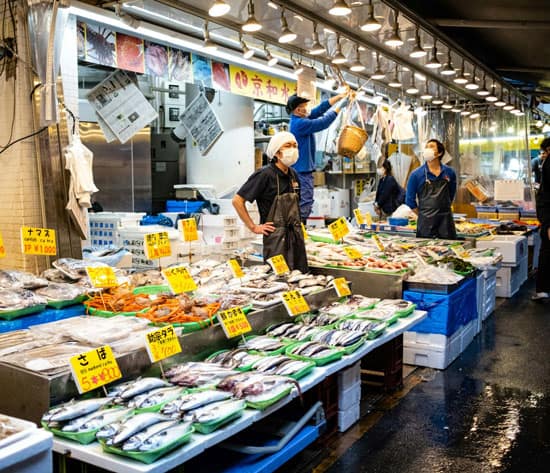
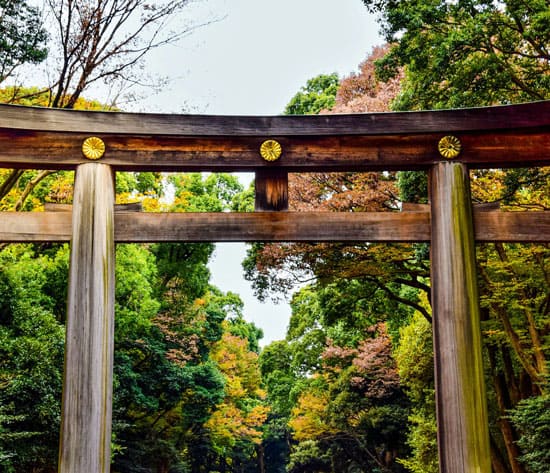



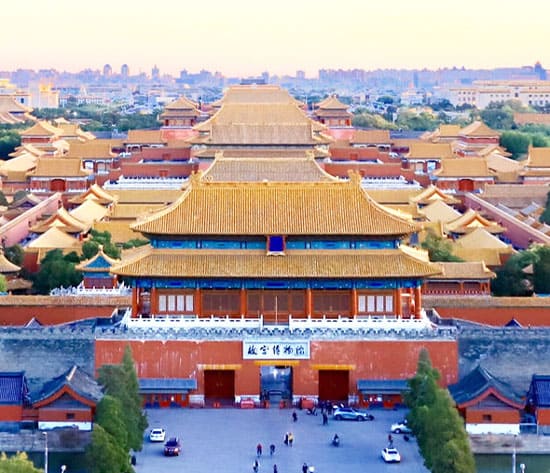
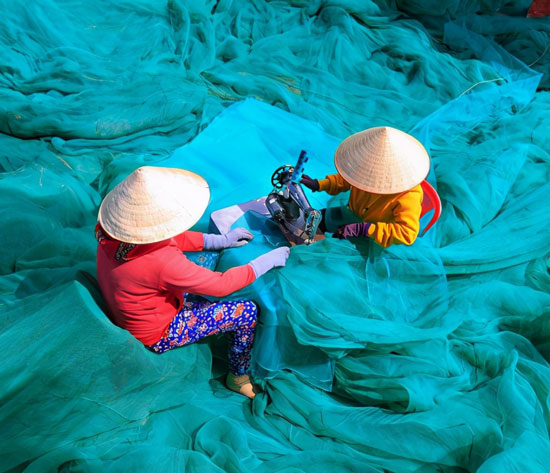
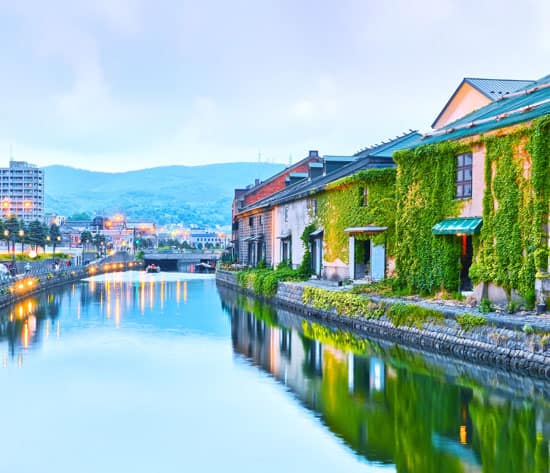
Have a Question?
You might see your comment appear on this page, but your email address and full name will not be published. Your personal information will remain confidential. Our Asia travel experts will get back to you as soon as possible. Required fields are marked *